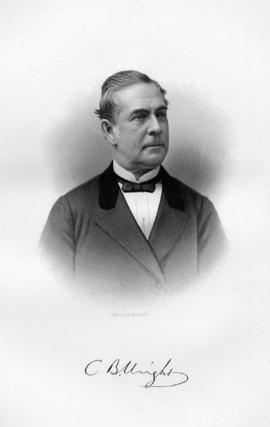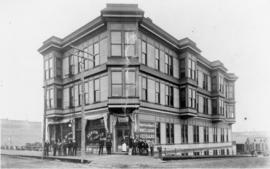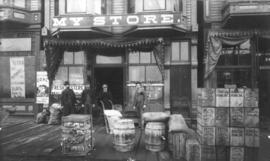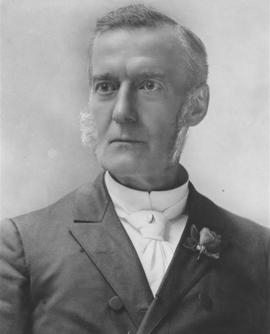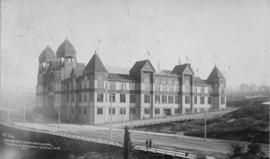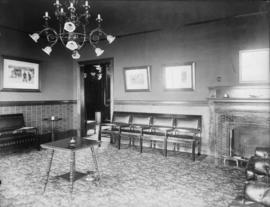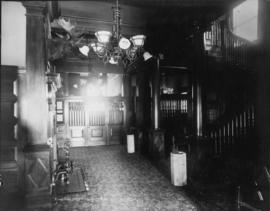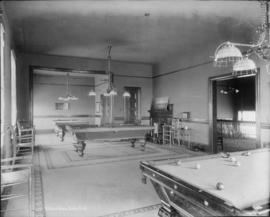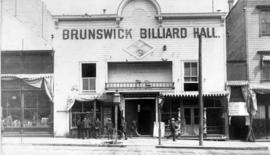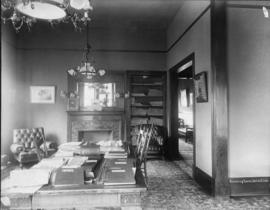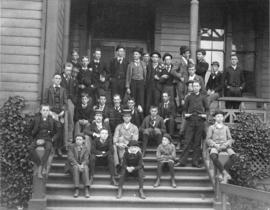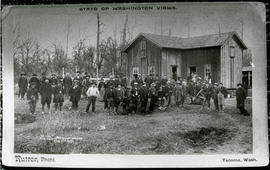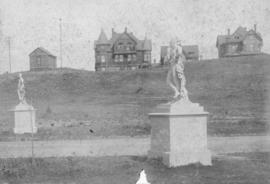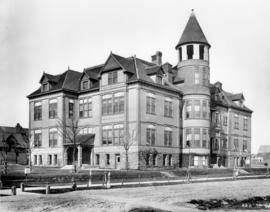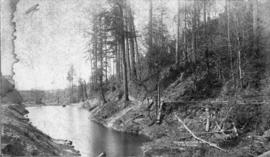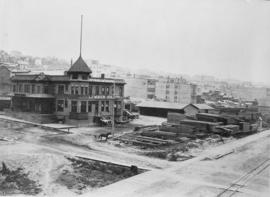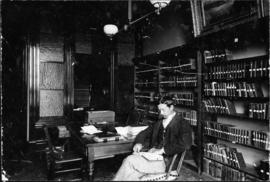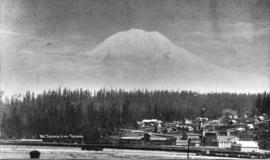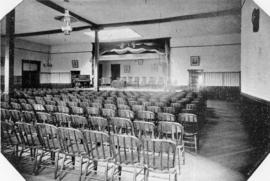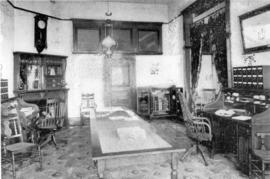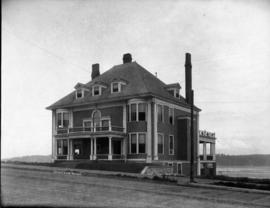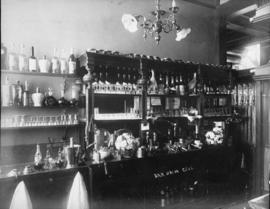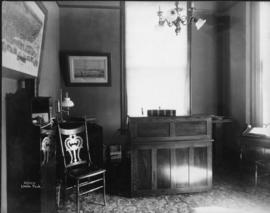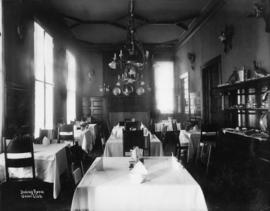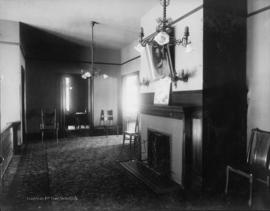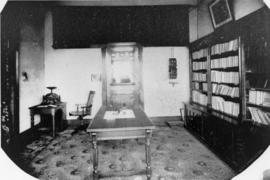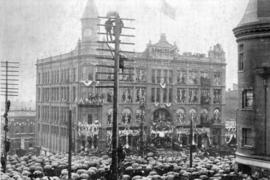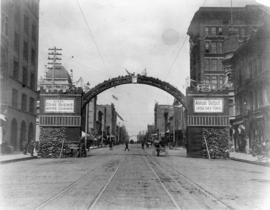- Item
- 1890
Part of General Photograph Collection
ca. 1890. John N. Conna, wealthy real estate agent and head of first Black family in Tacoma. John Newington Conna had accomplished much in his 85 years before his death in Alaska in 1921. Born of a mixed marriage in San Augustine, Texas in 1836, Mr. Conna fought in the Civil War as part of the famed 1st Louisiana Native Guards before migrating north to Hartford, Connecticut and then west to Kansas City, Kansas. In 1883 Mr. Conna journeyed to the "City of Destiny," Tacoma, and became a leading seller of real estate. The father of 14 children, he was married to Mary (Davis) Conna. Mr. and Mrs. Conna would donate to the City of Tacoma some 40 acres of land as a Christmas gift in 1889. He held numerous offices including president of the John Brown Republican Club and president of the Washington State Protective League. He was, in a sense, the titular leader of Tacoma's black community and highly influential in the city's black social and political activities. Mr. Conna was also an attorney authorized to practice before the Treasury Department; Conna family lore suggests that he was also an attorney for railroad magnate James J. Hill. John Conna was appointed as Asst. Sergeant At Arms for the Senate in 1889, Washington's first Territorial Legislature. He was the first black political appointee in the history of Washington Territory. Mr. Conna was also a delegate to the 1896 National Republican Convention. At the age of 64 and not ready for retirement, Mr. Conna traveled to Alaska on the S.S. Seattle with Federal Judge and close friend, James Wickersham. Mr. Conna, like thousands of others, had been attracted by the huge gold rush and opportunities in Alaska. Mrs. Conna and family remained behind while Mr. Conna set up his own real estate, mines and mining property company a few years later. John Conna, age 85, stricken with diabetes, a heart condition, and the loss of a leg, died on October 21, 1921. He is buried in Fairbanks. (Tacoma Morning Globe Annual Review, 1-1-1891; www.historylink.org) (Additional information provided by Douglas Q. Barnett, grandson of John N. Conna)
Conna, John N.; African Americans--Tacoma--1890-1900; Pioneers--Tacoma; Real estate development--Tacoma;

